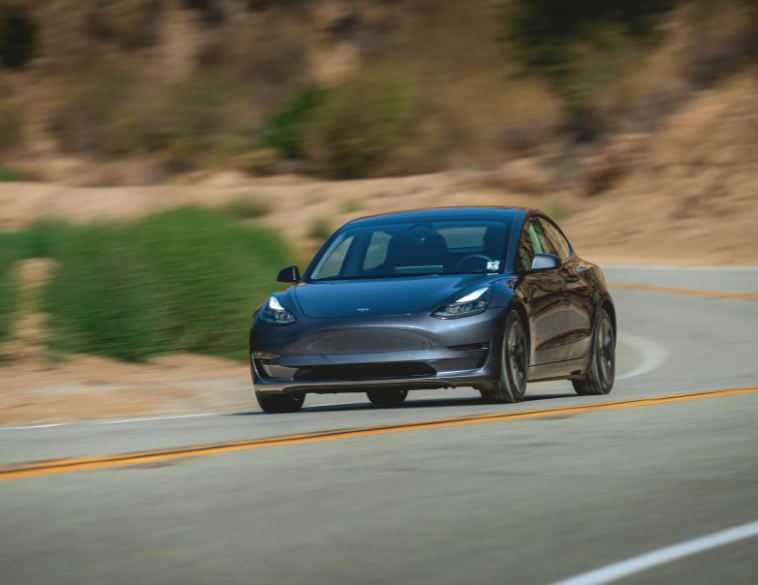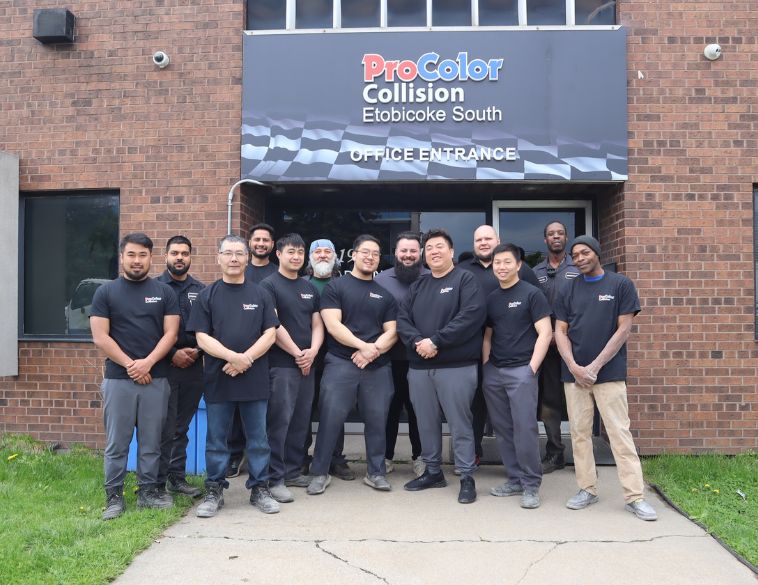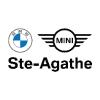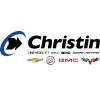Tesla Motors has announced that it is adopting onboard radar as a primary control sensor for its vehicles when it comes to braking.
Previously, radar had been considered only as a supplementary sensor to the Autopilot’s camera and image processing, which served as the primary processing system. The reason why was deemed by the fact that radar technology would struggle to accurately identify certain objects, including people and metallic objects like aluminum drink cans.
However, with it’s latest Version 8.0 software update, Tesla says it has the ability to unlock six times as many radar objects, using a great deal more information while still relying on the same hardware.
Additionally, by creating radar snapshots every tenth of a second, the car’s computer is able to build a 3D picture and better assess whether an object is real and prepare for a possible collision.
Tesla also said in an official blog post on September 11 that the vehicle fleet will map the world using radar technology and use this learning process to enable the vehicle computer to analyze its course of action under braking and compare that to the driver, with the information uploaded to Tesla’s database. If a number of vehicles are able to safely navigate the object in question, that object will then be added to a geocoded whitelist (whether the Tesla’s autopilot is engaged or not).
This process of using radar will then allow the Tesla to apply the brakes even if the camera has not detected a foreign object, gradually increasing strength to either avoid or minimize the impact speed and damage/injury from a vehicle collision.
For more details, click here.






 STE-AGATHE-DES-MONTS
STE-AGATHE-DES-MONTS Full time
Full time

